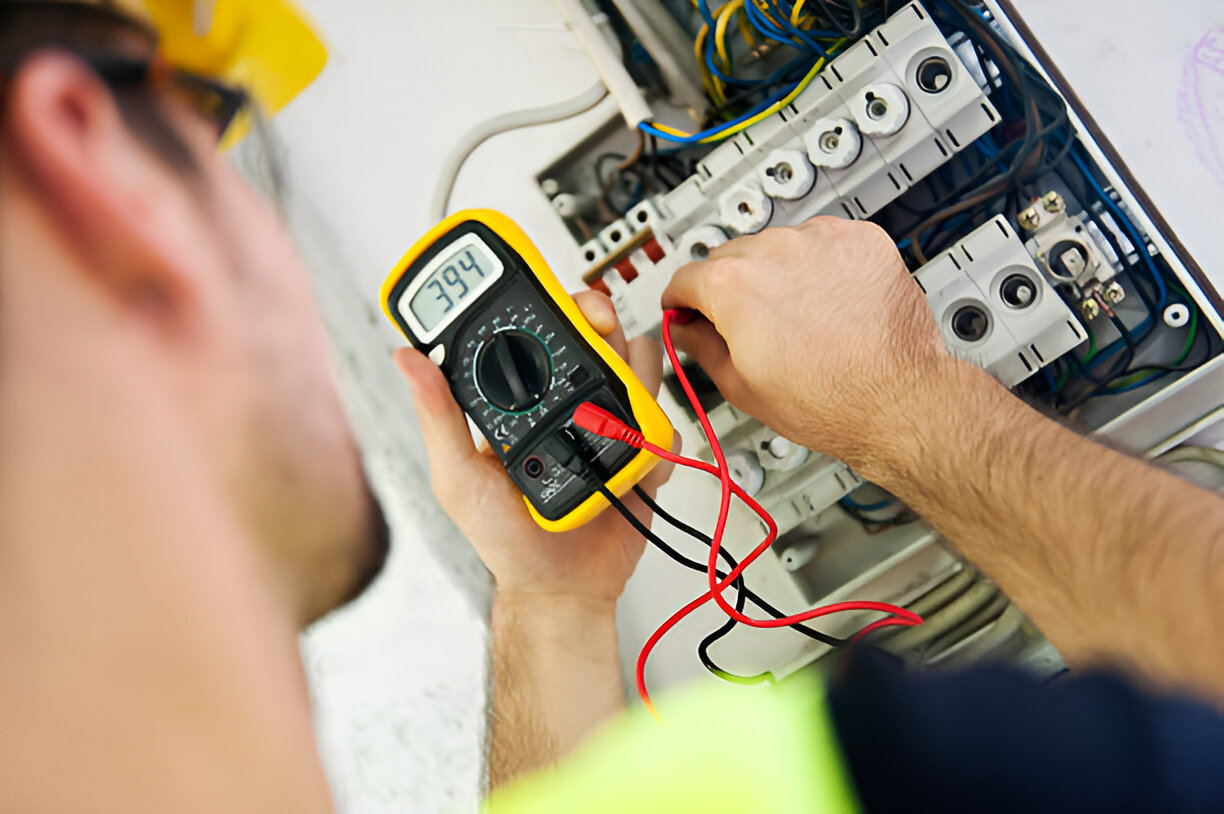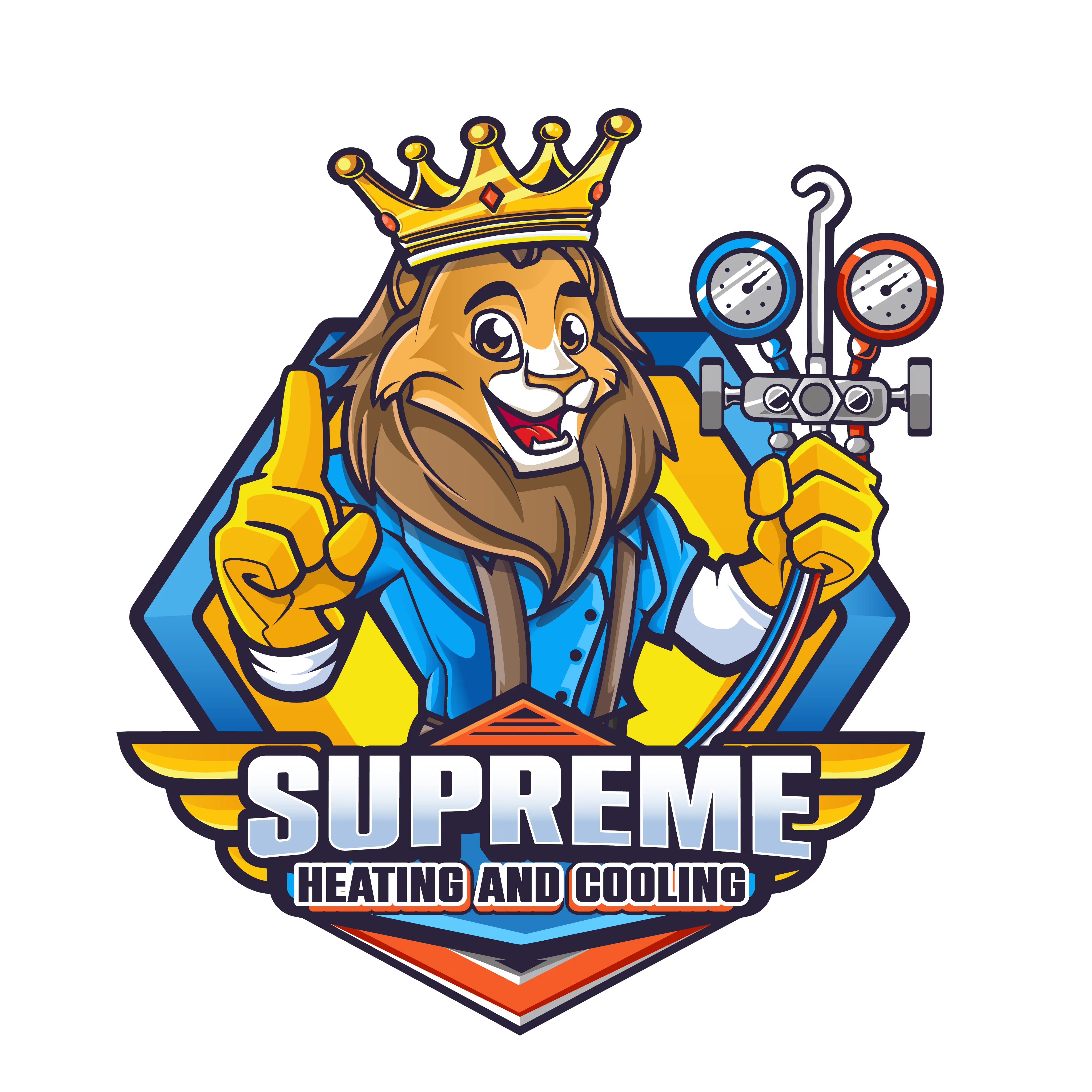
Power surges happen more often than most people realize, and they can quietly damage appliances, electronics, and wiring over time. Homeowners in North Huntingdon who have invested in surge protection expect a set-it-and-forget-it safety system. But if the surge protector is not installed properly or is not compatible with the home’s electrical setup, it can result in new risks instead of reducing them. That is when problems start to show, sometimes even before any noticeable equipment damage occurs.
Understanding what can go wrong during a surge protector installation is one of the first steps in keeping your home’s electrical system reliable and safe. Whether it is flickering lights, frequent circuit trips, or strange smells near the panel, homeowners in North Huntingdon need to be aware of the signs pointing to installation issues. Knowing the common causes behind these problems can help address them early, before serious damage occurs.
Understanding Surge Protector Installation Problems
Surge protectors are meant to do one job: shield your electronics and appliances from sudden spikes in electricity. Most people expect them to work quietly in the background, keeping power flow steady and protecting sensitive equipment. However, sometimes the way a surge protector is installed causes more harm than good.
Improper installation can result in the surge protector not activating during a real power spike. Even worse, it might interfere with the normal operation of your electrical panel. Many homeowners do not realize that effective protection demands more than just plugging in a power strip. Whole-home surge protectors connect directly to your electric panel and should be integrated with the existing wiring and circuits. If that setup is not done right, the protection you are counting on might be ineffective.
Some of the most common surge protector installation problems include:
– Incorrect mounting or connection to the main panel, which may prevent the device from functioning during a surge
– Using incompatible surge protectors for the home’s voltage and electrical layout
– Installing outdated or low-quality protectors that do not meet current performance standards
– Failing to properly ground the surge protector, causing unsafe electrical paths and reducing effectiveness
– Skipping coordination with electric panel upgrades, which can lead to mismatched equipment and unsafe loads
Each of these issues can weaken the reliability of your electrical system. Even something that seems minor, like an unsecured wire or mismatch in amperage compatibility, can trigger trouble down the line. One homeowner in North Huntingdon installed a surge protector purchased online without realizing it was not rated for their panel. Their lights began to flicker and power tripped frequently, signs that could have been avoided with a proper setup.
Causes of Surge Protector Issues in North Huntingdon Homes
Surge protector problems do not always come from the surge protector itself. Often, the issue lies in errors made during installation or issues with supporting systems in the home’s electrical setup. These problems can increase fire risk and leave your home vulnerable to damage from both internal and external power surges.
Here are the main causes of surge protector issues:
1. Poor Electrical Panel Setup
If the panel is outdated, overloaded, or was not designed with surge protection in mind, it becomes harder to safely integrate a protector. Some older panels in North Huntingdon homes may lack the right space or configuration.
2. Incompatible Surge Protectors
Not every surge protector works with every home. Variations in panel brand, amperage, and load levels mean you need a unit designed for your system. Using an incompatible device can reduce protection or even compromise other electrical components.
3. Wiring and Grounding Problems
Grounding is one of the most important elements of a successful surge protection system. If the wiring in the house is not properly grounded, electricity from a surge might not be diverted safely. That can lead to devices being damaged or the protector itself shorting out during use.
When any of these problems exist, the system may not behave the way it is supposed to during a surge. By understanding where these vulnerabilities start, homeowners in North Huntingdon can make better decisions about electric panel upgrades and other long-term solutions.
Signs Your Surge Protector Installation Needs Attention
Even if everything seems to be working fine on the surface, there are subtle signs that could suggest your surge protector is not doing its job. Many North Huntingdon homeowners chalk these up to random flickers or routine power hiccups, but dismissed warnings often hint at deeper problems.
Common indicators include:
– Frequent tripping of circuit breakers when large appliances are running
– Lights that flicker or dim for no apparent reason
– Sudden buzzing or crackling noises near the electric panel
– A burning smell or slight discoloration near outlets or near the surge protector
– Devices losing power or resetting during minor storms
If you are noticing several of these signs, it is worth getting your setup checked. In some cases, it can be as simple as a unit that was not rated high enough for your household’s load. In other instances, it could be tied to a fragile connection in the panel or outdated wiring that cannot handle surge intervention.
For example, a homeowner in North Huntingdon had frequent resets on their internet router anytime a microwave or vacuum was in use. While it seemed like a strange coincidence at first, it turned out their surge protector was not connected properly at the panel. Once corrected, those dropped connections stopped happening altogether.
Preventing Surge Protector Installation Problems
The best approach is to focus on prevention. Fixing surge protector problems after appliances and electronics start to fail can be costly. Making sure your setup is right from the start can help reduce risk and increase the lifespan of your home’s electrical system.
Here are some practical steps to avoid installation issues:
1. Choose the Right Surge Protector
Make sure the device matches your home’s panel specifications. Not every protector is made for every panel. Amperage, size, and model matter.
2. Hire Skilled Technicians
Having our professionals handle the installation reduces the chances of improper wiring, bad grounding, or compatibility errors.
3. Upgrade the Panel if Needed
Older panels may not support newer surge protector models. An electric panel upgrade in your North Huntingdon home can resolve limitations that may interfere with safe protection.
4. Test and Inspect Regularly
Over time, surge protectors can wear out. Regular checks and system inspections make sure everything is still functioning as it should.
5. Check for Past Electrical Additions
If you have added new circuits or appliances in recent years, your existing surge protection may no longer be enough. Make sure everything is balanced and up to date.
By sticking to proper installation practices and keeping your panel up to standard, you avoid hidden wiring issues that create ongoing risk. Prevention reduces future calls for emergency repair work due to device failure or fire hazards.
Ensuring Safe and Effective Surge Protector Installation
A safe surge protector installation starts with an inspection of your current panel and wiring. If there is any mismatch between the system and the type of surge protector, even a high-quality device can end up useless. That is why pairing surge protectors with properly updated electric panels is so important. It is not just about plugging something in. It is about building a system that can handle power surges without failure.
Our technicians regularly work with North Huntingdon homeowners needing panel updates just to accommodate surge protection. When a home has not had a panel upgrade in decades, chances are the circuits were not designed for modern electrical demand, let alone a whole-home protector.
Add to that the need for proper grounding and bonding. If grounding is missing or poorly done, energy from a surge will not get rerouted safely. In these situations, the surge protector cannot stop the damage. It may even become a hazard itself. Upgraded panels help make sure your equipment is installed under the right conditions, from wiring to breaker layout.
Routine maintenance matters too. Without regular checks, you might miss signs that your surge protector wore out from reacting to small surges over time. Just like smoke detectors need battery checks, surge protectors need occasional inspection to make sure they are still doing the job.
Taking these steps can keep your appliances, electronics, and building wiring protected. With the right setup, you lower the risk of malfunctions, reduce future repair costs, and strengthen your home’s overall electrical safety.
If you have noticed warning signs with your surge protector installation and want to improve your home’s electrical safety, consider scheduling an electric panel upgrade in North Huntingdon to help secure your wiring and prevent future issues. Supreme Heating and Cooling understands the importance of a well-maintained electrical system, and our team is ready to assist. For a quick estimate or to book a service visit, please contact us today.

.svg)

.webp)


.svg)
.webp)
.svg)
